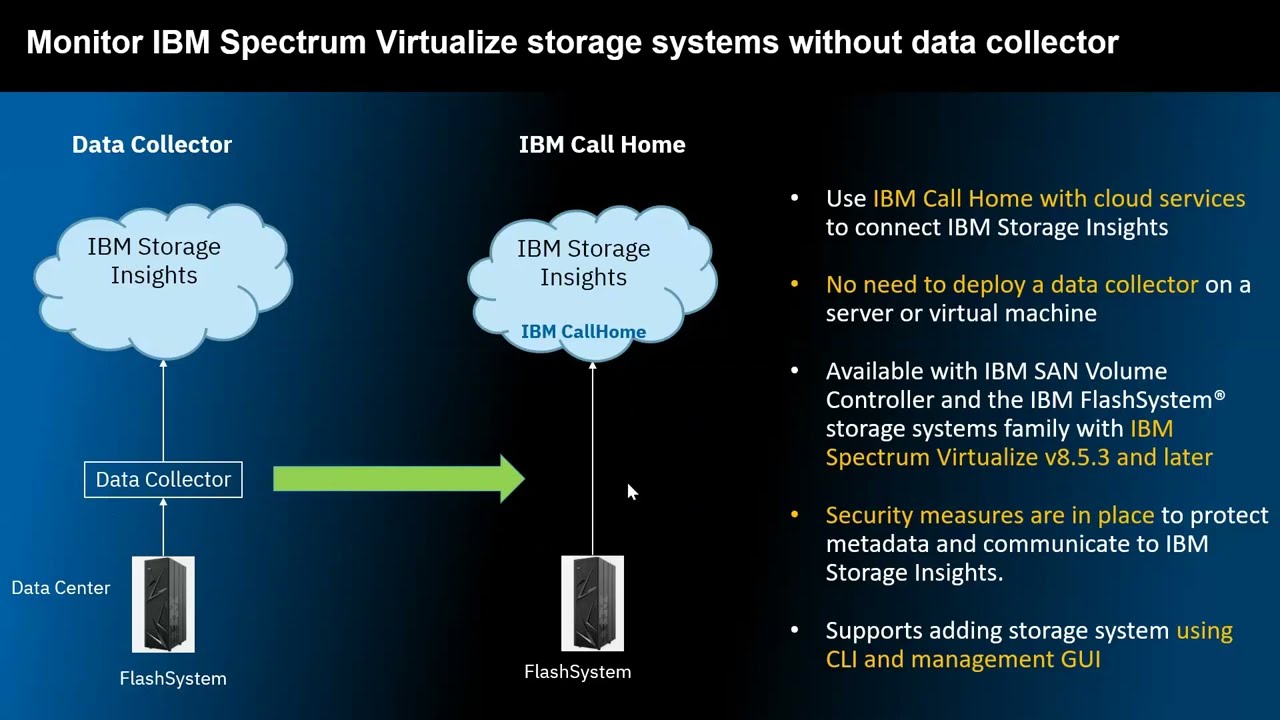In the race to develop powerful AI models, efficient data handling plays a crucial role in determining the success of model training. As datasets grow larger and more complex, the need for a fast, scalable, and high-throughput data loader becomes essential. IBM has stepped into this challenge with its High-Throughput Data Loader, a tool designed to accelerate AI model training by optimizing data input into neural networks. In this blog, we’ll explore how this cutting-edge technology works and how it benefits those involved in developing AI models.
The Need for Efficient Data Handling in AI
Training an AI model involves feeding large amounts of data into the system to help it learn and improve its accuracy. However, with the increasing size of datasets and the complexity of AI algorithms, the traditional methods of handling data can become bottlenecks, slowing down the process. AI model training jobs often require vast amounts of data to be processed efficiently and in parallel to maximize computational resources.
For example, when training an AI art model, thousands of images need to be loaded, processed, and fed into the model. If data handling isn’t optimized, the training process can take significantly longer, delaying development cycles. IBM’s High-Throughput Data Loader is designed to tackle this issue head-on, ensuring that data flows smoothly and quickly into the model, enabling faster and more efficient training.

What is IBM’s High-Throughput Data Loader?
IBM’s High-Throughput Data Loader is a data management tool that optimizes the process of feeding data into AI models during training. It’s specifically engineered for large-scale AI model training jobs, where the volume of data and the speed at which it needs to be processed can easily overwhelm traditional data loading methods.
The Data Loader focuses on maximizing the use of available resources, reducing idle time during training by ensuring that the model is never waiting for data. It does this by utilizing a combination of advanced data prefetching, parallel loading, and efficient resource allocation. By parallelizing the loading process, it helps keep the GPUs or TPUs running at full capacity, which is crucial for high-performance AI model training.
Key Features of IBM’s High-Throughput Data Loader
-
Parallel Data Loading
One of the main features of IBM’s High-Throughput Data Loader is its ability to load data in parallel. This ensures that the data pipeline to the AI model is always full, avoiding potential bottlenecks that can occur when training the AI model. In scenarios where real-time data processing is necessary, such as in AI art model training, this feature becomes invaluable.
-
Data Prefetching
Data prefetching allows the loader to prepare data in advance of it being required by the AI model. This reduces latency during training sessions and ensures that the model is never idle while waiting for data. Prefetching is especially beneficial for AI model training tutorials, where quick iterations and testing are key to understanding and improving the model’s performance.
-
Optimized for Large-Scale Datasets
The High-Throughput Data Loader is built to handle large-scale datasets efficiently. Whether you’re working with massive datasets for natural language processing, image recognition, or training an AI model for specialized tasks, the Data Loader is designed to scale and manage large volumes of data seamlessly.
-
Resource Efficiency
IBM’s Data Loader is designed to maximize resource usage, making it perfect for large AI model training jobs where computational resources are at a premium. By ensuring that every processor is fully utilized, the Data Loader helps in reducing overall training time and cutting down on associated costs.

Benefits for AI Developers
For those involved in developing AI models, IBM’s High-Throughput Data Loader brings significant benefits. Faster training times mean that developers can iterate more quickly, testing new models and approaches without long delays. This is particularly beneficial in fields like computer vision and AI art model training, where datasets are large, and training times can be extensive.
Moreover, AI model training jobs that involve complex data can now be handled more efficiently. Developers can expect to see a reduction in idle times for GPUs or TPUs, leading to better utilization of expensive hardware resources. This not only accelerates the training process but also makes it more cost-effective.
IBM’s Data Loader also simplifies the AI model training tutorial process, as it allows developers to test small sections of their model quickly, without having to worry about inefficient data loading slowing them down. This is especially important for tutorials where clarity and efficiency in demonstrating model training are critical.

Conclusion
IBM’s High-Throughput Data Loader is a game-changer for anyone involved in training AI models. By optimizing the data loading process, it ensures that AI model training is as efficient as possible, allowing developers to focus on refining their models rather than worrying about slow data handling. Whether you are working on AI model training jobs in natural language processing, computer vision, or AI art model training, IBM’s High-Throughput Data Loader offers a robust solution to speed up the development and deployment of advanced AI models.
With IBM’s innovation, the future of AI model development looks faster, more efficient, and ready to tackle the challenges of increasingly complex datasets.










